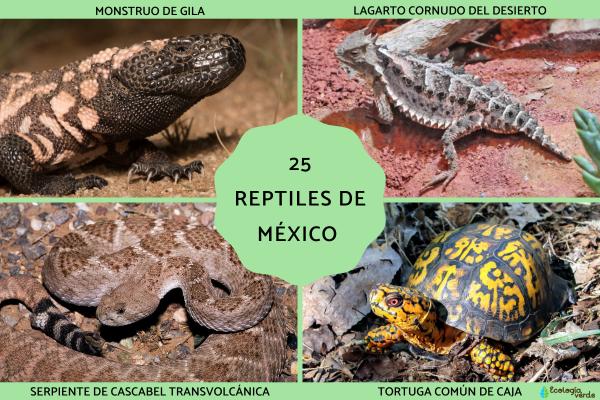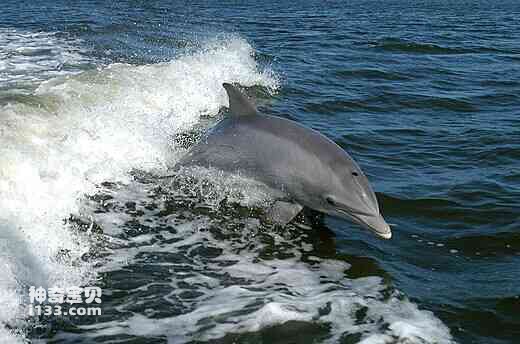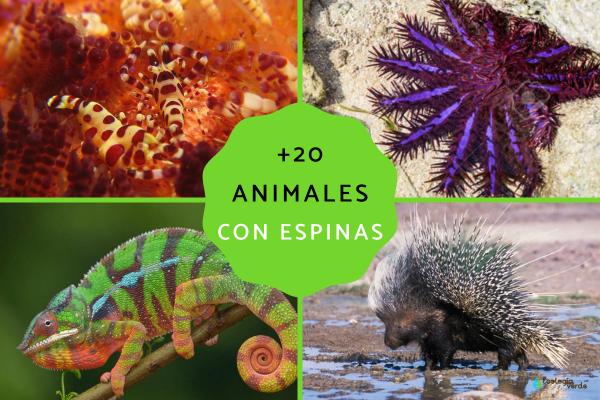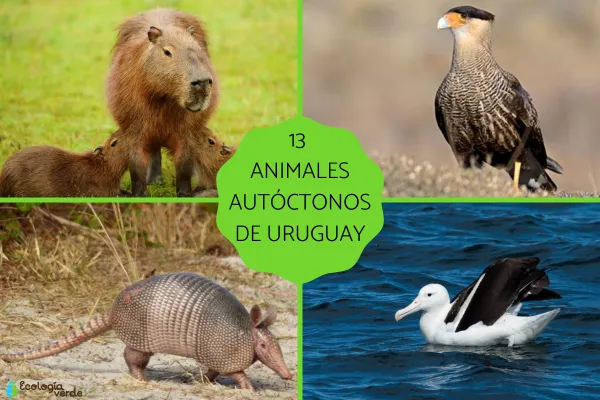Animal rennet , also known as renal chymosin or gastric chymosin, is an important digestive enzyme that is widely found in the stomach of mammals. It is mainly used to coagulate the casein in breast milk, thereby helping the cub digest and absorb the nutrients in the mother's milk. Rennet also plays a vital role in cheese making, being used to Dairy products such as cow's milk and goat's milk coagulate into a solid state.
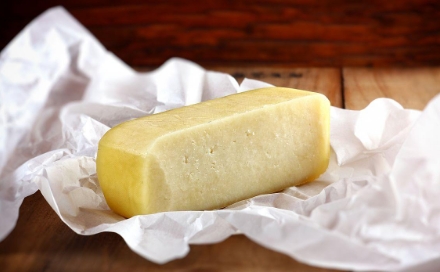
What is the role of rennet?
The main function of rennet is to convert casein in breast milk This process slows the flow of milk through the digestive system, allowing the stomach to better absorb the nutrients in the breast milk. This is critical for early-stage mammals, especially young ones that require a lot of energy and nutrients to grow quickly.
Main functions:
Coagulated casein: turns the liquid protein in milk into solid state to help digestion and absorption.
Delays gastric emptying: Rennet helps food stay in the stomach longer, ensuring nutrients are fully absorbed.
Used in cheese Production: In the food industry, rennet is widely used in cheese making to coagulate milk, turning it into solid cheese.
All animals have Rennet?
Not all animals have rennet. Chronic milk enzymes are found primarily in mammals, which rely on breast milk as the primary source of nutrition for their young. Non-mammals do not have this enzyme because they do not feed with milk and therefore do not need it. Rennet digests the protein in milk.
Rennet in mammals
Almost all mammals secrete rennet to help their young digest their mother's milk. The amount of rennet in the milk of different mammals varies. For example, the milk of cows, sheep, and goats contains a lot of rennet, so their milk is often used Used in cheese making. Although human milk does not contain significant amounts of rennet, the body has other enzymes that can break down milk proteins.
Non-mammals
Non-mammals, such as birds, reptiles, and fish, neither produce milk nor need to digest the protein in milk, so they do not have rennet in their bodies. These animals obtain nutrients through other mechanisms and do not rely on this digestive enzyme.
Special cases
Some mammals, although dependent on breast milk, are not necessarily highly dependent on rennet. For example, horse and donkey milk contains less rennet, so their milk is not suitable for making cheese.
Other uses of rennet
In addition to its digestive function in nature, rennet is also widely used in the food industry. In cheesemaking, rennet is used to turn liquid cow's, sheep's or goat's milk into a solid state. Traditionally, rennet is used to curdle milk. The enzyme is extracted from the stomach of a calf, but modern technology has also developed microbial-derived rennet to replace traditional animal sources.Industrial applications of rennet:
Cheese making: rennet is used to coagulate milk into solid cheese.
Fermented dairy products: Rennet helps coagulate the protein in milk during the production of yogurt and other fermented dairy products.
Animal rennet is a key digestive enzyme in mammals, mainly used to coagulate casein in breast milk to help young animals absorb nutrients. Although many mammals have rennet, not all animals have this enzyme. Non-mammals do not have rennet because they do not have milk feeding behavior. At the same time, rennet also has important applications in the food industry, especially in cheese making, where rennet helps convert liquid milk into solid cheese.
Do all mammals have rennet? Yes, almost all mammals secrete rennet to help their young digest the protein in milk.
Does human milk have rennet? Human milk does not contain a large amount of rennet, but the human body secretes other proteases to help digest milk protein.
Which animals do not have rennet? Non-mammals, such as birds, reptiles, fish, etc., do not have rennet because they do not need to digest milk.
Are there other uses for rennet? Chenase is widely used in the food industry to make cheese, helping to coagulate liquid milk into cheese.
Through this article, you can learn more about the important role of rennet in mammalian digestion and the food industry, and also understand that not all animals have this enzyme.


